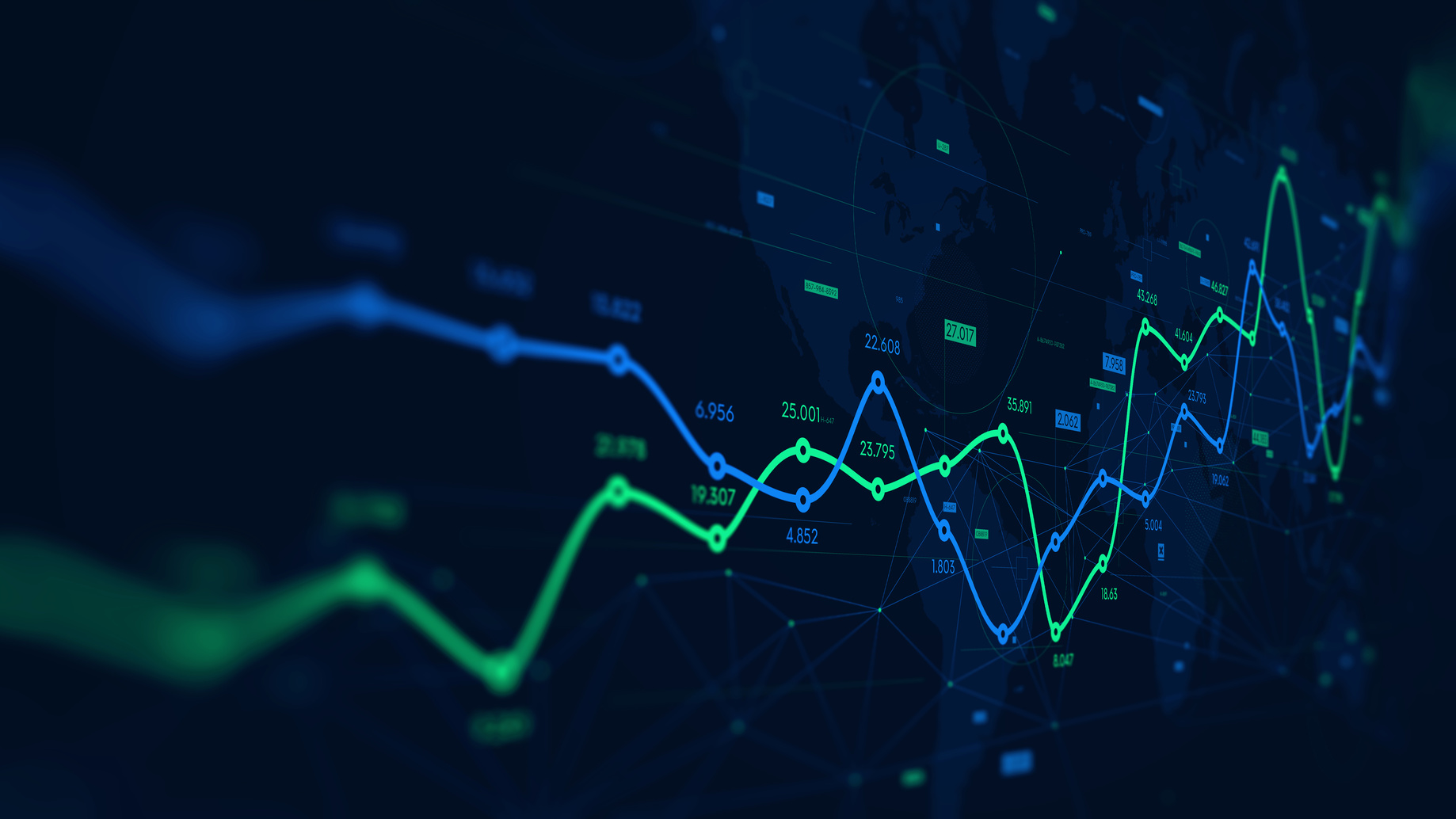
In today’s rapidly evolving digital landscape, artificial intelligence (AI) is no longer a futuristic concept—it is a reality embedded in our daily lives. From chatbots and virtual assistants to advanced content generation tools, AI is transforming the way we work, communicate, and consume information. However, as AI becomes increasingly sophisticated, the challenge of distinguishing human-generated content from machine-generated content grows. This is where technologies like AI Humanizer and AI Detection tools come into play, addressing both the creation and verification of AI content.
What is an AI Humanizer?
An AI Humanizer is a tool or technology designed to make AI-generated content appear more natural, engaging, and human-like. While traditional AI models can produce text, speech, or multimedia outputs, they often lack the nuances of human communication. These nuances include emotional tone, context awareness, subtle humor, cultural references, and personalized interactions. AI Humanizers bridge this gap, ensuring that the content produced by AI aligns more closely with human expectations.
For instance, consider AI-generated writing. Without humanization, AI text can be overly formal, repetitive, or generic. An AI Humanizer can refine the text, adding conversational phrases, adjusting sentence structures, and incorporating appropriate emotional cues. The result is content that reads as if it were crafted by a human, enhancing readability and engagement for the target audience.
Moreover, AI Humanizers are not limited to written content. In the realm of voice synthesis and virtual assistants, AI Humanizers enhance speech patterns, intonation, and pacing, making interactions feel more natural. This creates a more immersive user experience and fosters trust in AI-driven platforms.
The Role of AI Detection and AI Detectors
As AI becomes more capable, there is a growing need to identify and verify AI-generated content. This is where AI Detection or AI Detector tools become crucial. These tools analyze text, audio, images, or videos to determine whether they were created by a machine or a human. The purpose of AI detection spans multiple industries, including education, journalism, cybersecurity, and content marketing.
In educational settings, AI detection tools help educators identify plagiarism or unauthorized use of AI writing tools in student assignments. By detecting AI-generated essays or reports, these tools maintain academic integrity and ensure that students’ work reflects their genuine understanding.
In journalism and media, AI detection tools prevent misinformation and fake news. With the rise of AI-generated deepfake videos and automated content, verifying authenticity has become more critical than ever. AI detectors can flag suspicious content, enabling professionals to fact-check sources and maintain credibility.
How AI Humanizer and AI Detection Complement Each Other
Interestingly, AI Humanizer and AI Detection represent two sides of the same coin. On one side, AI Humanizers enhance machine-generated content, making it more human-like. On the other, AI Detection tools work to identify whether content is human-generated or AI-generated. Together, they highlight the ongoing tension between the sophistication of AI and the need for transparency.
Businesses and content creators often face a dilemma: they want the efficiency and creativity of AI-generated content but also need to maintain authenticity and trust. AI Humanizers ensure that automated content resonates with human audiences, while AI Detectors provide accountability by identifying AI involvement when necessary.
For example, a marketing agency may use AI to draft social media posts quickly. By applying an AI Humanizer, the content feels personal, engaging, and authentic. Simultaneously, AI Detection tools can verify that the content complies with disclosure requirements or regulatory standards, ensuring ethical use of AI technology.
Emerging Trends and Future Implications
The fields of AI Humanization and AI Detection are evolving rapidly. Advanced AI models are now capable of understanding context, sentiment, and even ethical implications, leading to more sophisticated humanization techniques. Similarly, AI detectors are incorporating machine learning to identify subtle patterns, such as sentence rhythm, word choice, and syntax inconsistencies, which are indicative of AI-generated content.
Looking forward, the balance between humanized AI and AI detection will be crucial for maintaining trust in digital content. As AI becomes an integral part of creative and professional processes, these technologies will help ensure that innovation does not come at the cost of authenticity or ethical responsibility.
Conclusion
The rise of AI in our everyday lives has brought both opportunities and challenges. Tools like AI Humanizer enhance AI-generated content by making it more natural, engaging, and relatable, while AI Detection and AI Detectors provide the safeguards needed to identify and verify machine-generated content. Together, these technologies shape a future where AI can augment human capabilities without compromising authenticity or trust.
Whether you are a business leveraging AI for efficiency, a content creator seeking authentic engagement, or a professional focused on verification, understanding and utilizing these tools is essential. The synergy between humanizing AI and detecting its presence will define the next frontier of digital interaction, ensuring that the line between human and machine remains thoughtfully navigable.





